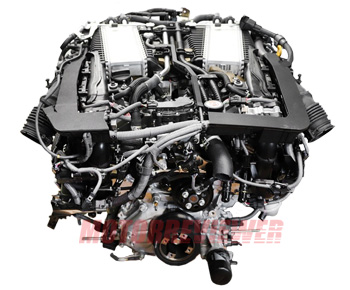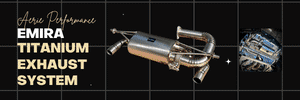Does anyone know if the Toyota sourced V6 engine used by Lotus in the Emira has direct, port or both injection?
After researching the GR Corolla(have a depositon on), I discovered that the 3-cylinder turbo engine has both port and direct-injection which is great because it helps stop the buildup of carbon on the backside of the valves, which can detrimentally affect performance and must be addressed at some point.

After researching the GR Corolla(have a depositon on), I discovered that the 3-cylinder turbo engine has both port and direct-injection which is great because it helps stop the buildup of carbon on the backside of the valves, which can detrimentally affect performance and must be addressed at some point.








